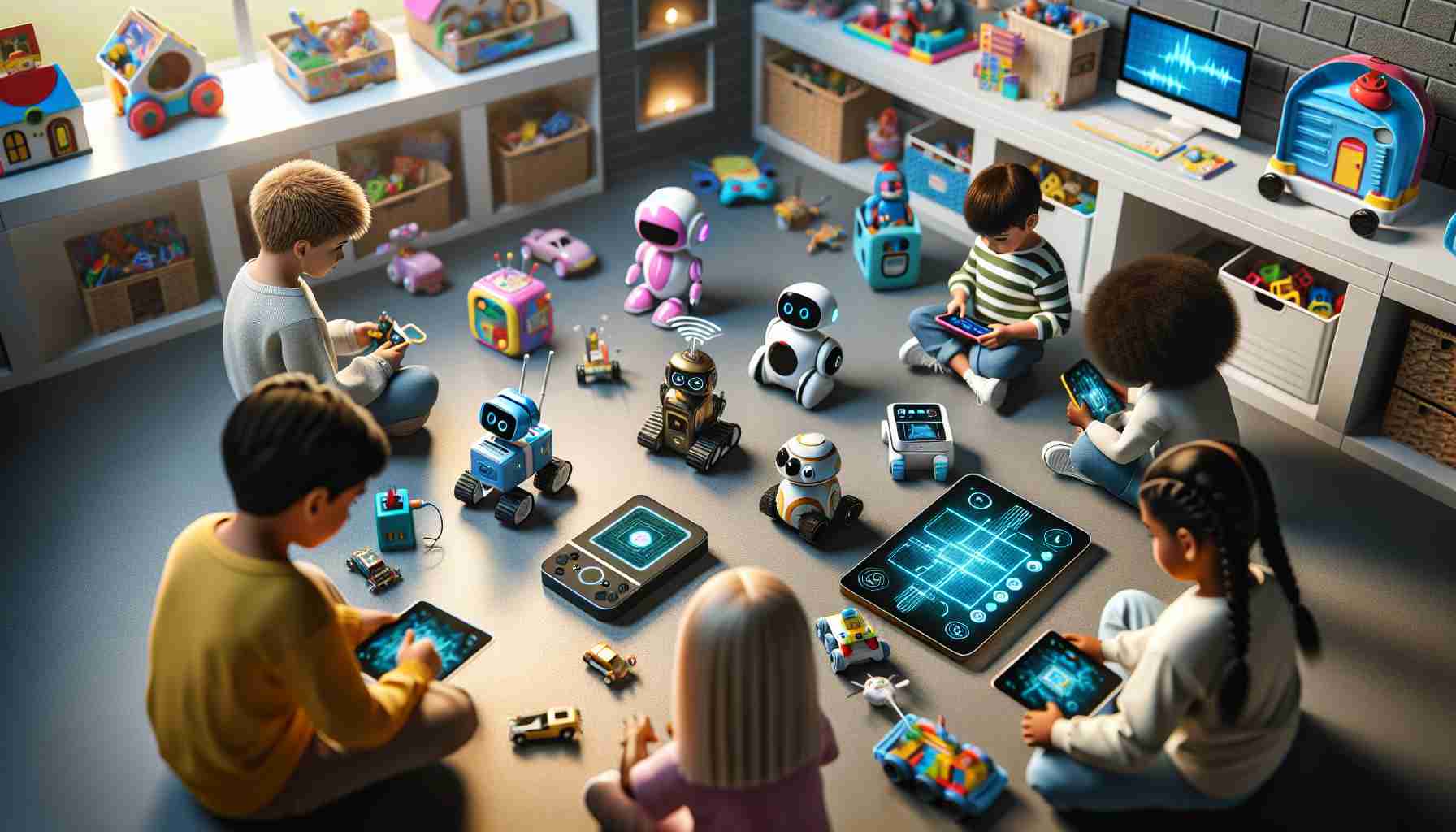The ubiquity of smart toys in children’s daily environments is a testament to our rapidly advancing technological world. These innovative toys are becoming a staple in places like daycare centers, schools, and the very homes of children. They serve as both educational tools and playthings, offering young ones an early introduction to the interconnected devices that shape our modern society.
Despite the benefits of these interactive gadgets, the presence of smart toys brings with it a set of substantial concerns. The potential risks associated with smart toys cannot be overlooked. These include issues related to privacy, data security, and the overall well-being of the child.
Industry experts have outlined certain precautions that parents should heed. It is critical for guardians to understand the safety features of the toys, the nature of information they collect, and who has access to the child’s data. More importantly, parents must realize the weight of their responsibility in choosing toys that are appropriate and safe for their children.
As smart toys continue to proliferate, it’s imperative that parents stay informed about the devices their children are interacting with. By being proactive and educated about the safe use of smart toys, parents can ensure that the advancement of technology remains a positive force in the development of their young ones.
Important Questions and Answers:
1. What are smart toys?
Smart toys are interactive gadgets that typically use technology like sensors, cameras, microphones, or connectivity to offer personalized play experiences. They can respond to children’s actions or voices, and many have educational apps or features.
2. Why are smart toys popular in childhood environments?
Smart toys are attractive because they’re seen as tools that can aid in educational development. They often purport to promote STEM (Science, Technology, Engineering, and Math) learning and can adapt to a child’s learning pace.
3. What are the risks of using smart toys?
The risks include privacy concerns due to data collection, potential exposure to inappropriate content, and security issues where unauthorized individuals might access the data or even interact with the child through the toy.
4. How can parents ensure the safe use of smart toys?
Parents can ensure the safe use of smart toys by researching the toy’s security features, understanding what data is collected, setting strict privacy settings, and supervising their children’s playtime to mitigate risks.
Key Challenges and Controversies:
– Privacy Concerns: Children’s smart toys often collect personal data, which can include voice recordings, play patterns, or even visual images. The collection and potential misuse of this data present significant privacy issues.
– Data Security: The cybersecurity measures in smart toys are frequently scrutinized. There are instances of toys being hacked, revealing children’s data and exposing them to risks of cybercrime.
– Screen Time: Smart toys often increase the amount of screen time for children, which is a concern for many parents and healthcare professionals who emphasize the need for traditional play in child development.
– Commercialization: Smart toys can also expose children to marketing and consumerism, conditioning them to focus on material possessions over imagination-driven play.
Advantages:
– Educational Value: Many smart toys offer educational content that can enhance learning in various domains such as language, math, and science.
– Interactivity: These toys engage children on a multisensory level, which can cater to different learning styles and maintain a child’s interest over time.
– Customization: Smart toys have the ability to adapt to a child’s development level, offering personalized experiences that can facilitate effective learning.
Disadvantages:
– Limited Privacy: Sharing information with these toys raises legitimate concerns about who else might have access to a child’s personal and potentially sensitive data.
– Dependency: An over-reliance on smart toys for entertainment or education can deter children from engaging in unstructured, imaginative play.
– Cost: Smart toys are often more expensive than traditional toys, which can make them less accessible to all socioeconomic groups, potentially widening the digital divide.
For more information on the topic, readers might want to explore more resources or authoritative websites in technology, education, and child development.
Please remember that it is essential to check the websites for validity before using them as a resource.

